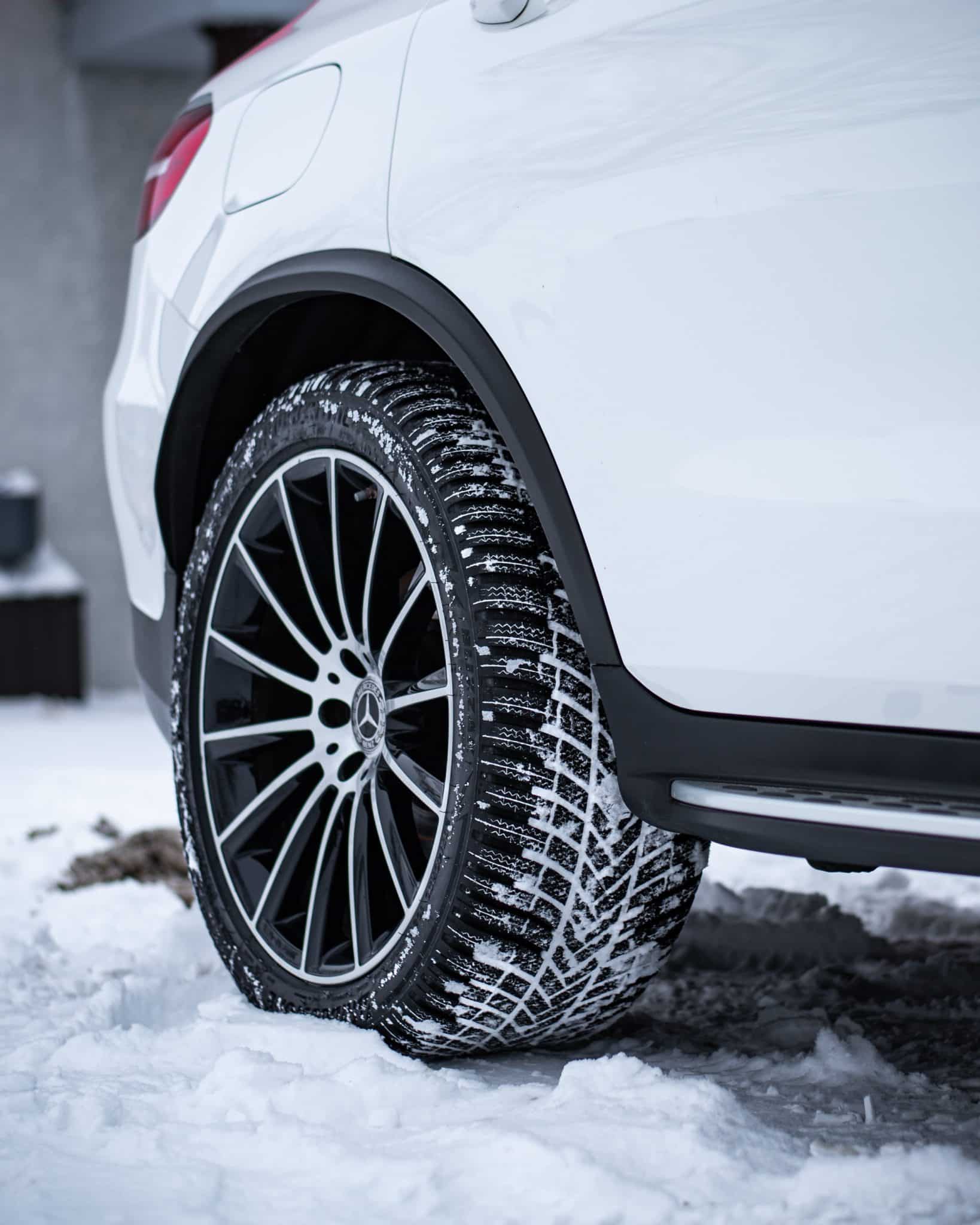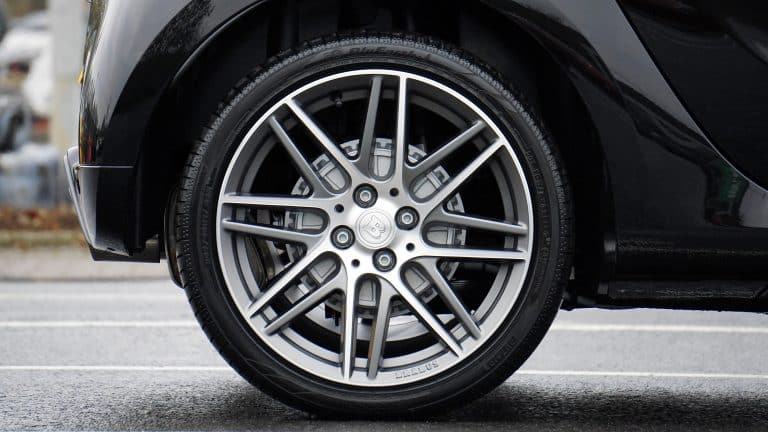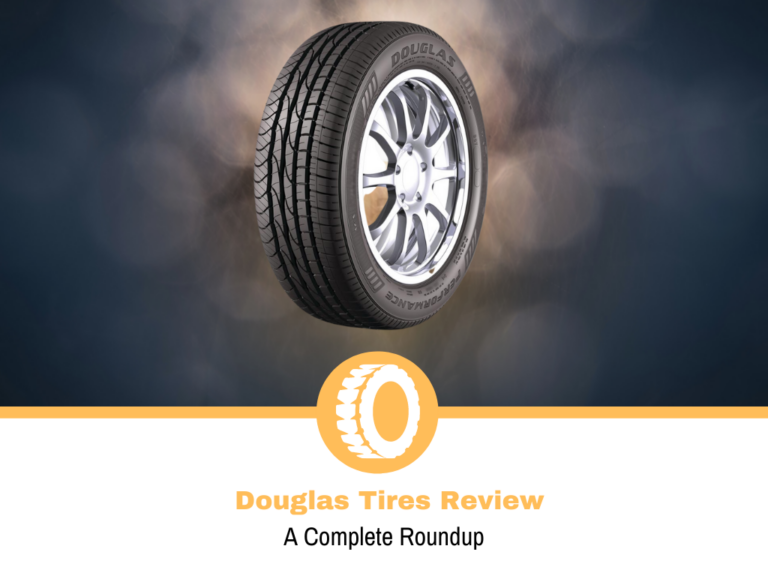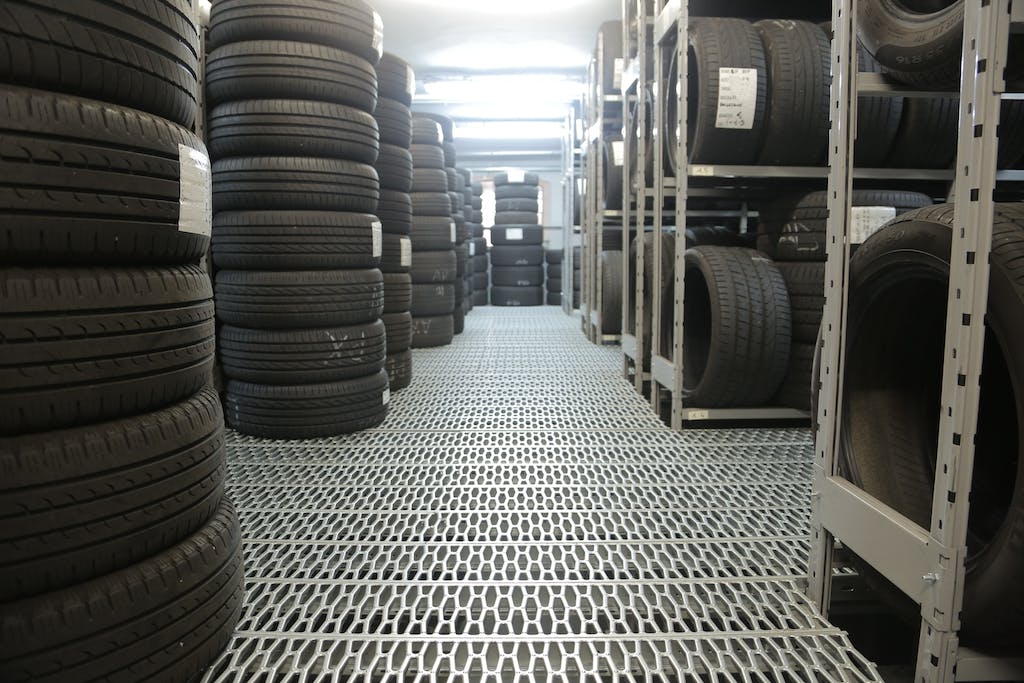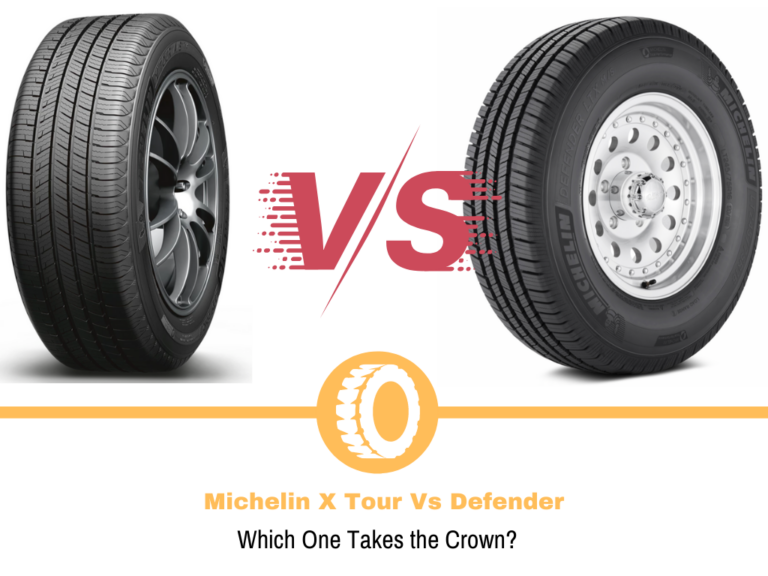All-Season vs. Winter Tires
With well over a century of evolution and technological improvements, tires have come a long way. Things weren’t very flexible in the early days when tires were still in their infancy, but today there is plenty to choose from.
As the tires progressed, the wide range of models enabled us owners to have access to dedicated tires for special applications. There are several categories of tires, depending on what you need from them, ranging from winter to summer or touring to performance.
In today’s comparison guide, I’ll talk about two categories of tires, both of which are advertised as being capable on snow. All-season and winter are far from similar types of tires, but manufacturers advertise them as models that we can use in winter.
With that in mind, let’s talk about their differences. How do they compare in terms of performance, and which is a better option for you?
What are All-Season Tires?
Tires that are advertised as all-season ones are the models that you can use throughout the year. Tire manufacturers design these tires to be used in summer and winter, so for most people, the need for winter tires is obsolete. This isn’t true, but I’ll explain it in a different section.
Whenever we talk about winter driving, we mention a tire’s ability to remain pliable, which is what all-season tires can do, up to a point. The rubber compound is the start of the show here and eliminates the main problem summer tires have – low temperatures.
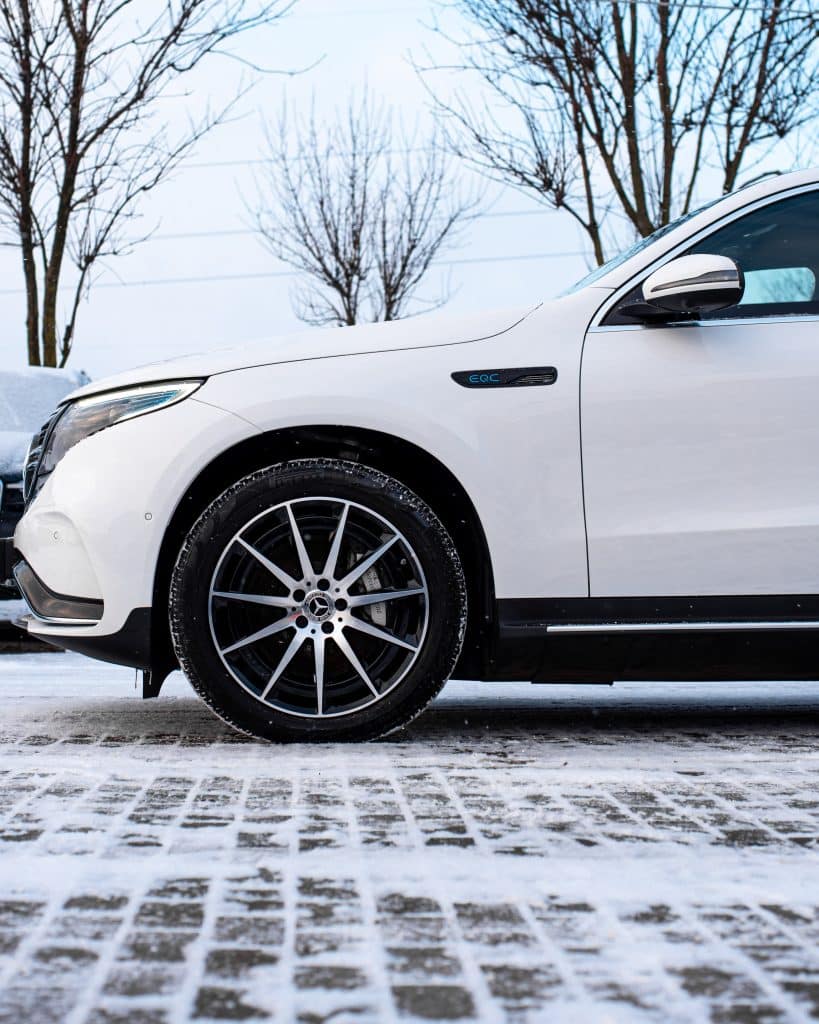
Theoretically, winter tires seem like an ideal option for anyone because you fit them on your car and you’re good to go for the next several years. That is true, but not for every situation. Tires designed to work in multiple conditions rarely excel in either.
All-season tires are solid in summer, fall and spring. They won’t struggle in dry and wet conditions, and you won’t feel you’re missing out too much. The problem is in winter, especially a harsh one. Cold temperatures aren’t a problem, but the compound won’t handle conditions well into the freezing zones. Also, light snow may be fine, but deep one is an area where these tires will struggle.
Regardless if we’re talking about all-season or all-weather tires, the winter performance will be limited in certain conditions.
What are Winter Tires?
It’s a simple explanation for these. Winter tires are models manufacturers make specifically for winter driving. There are several key aspects that enable a winter tire to deliver the advertised performance.
The first thing that makes a winter tire good is the rubber compound. Manufacturers use a rubber compound that can withstand freezing temperatures. This means that the tires will remain soft so that they can be usable. There is one important thing here – the maximum temperature. They will be usable, but they will work best when the temperature is below 45-50 degrees Fahrenheit.
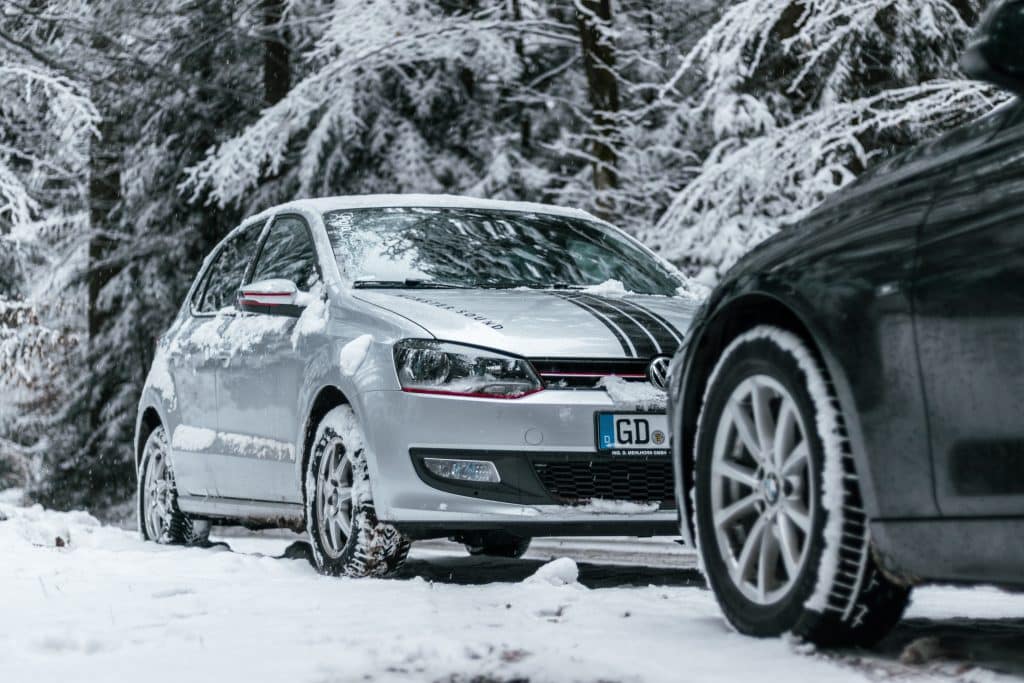
Next up is the treat pattern. Not all of us are lucky enough to drive on dry and clean roads. Winter tires shine over any other as soon as it snows. The combination of sipes, grooves, and specially designed block edges enable them to bite into the snow and provide traction.
We consider ice the trickiest surface to drive on, as it’s extremely slippery. Some winter tires aren’t the best for this kind of driving, but they fair a lot better than other types. There are some winter tires called studded or studdable that help with that. The small metal pins enable them to grip the ice and offer surprisingly good performance.
With snow and ice aside, winter tires are very good in dry and wet conditions. The performance is there and you won’t feel like you’re getting a set of tires that can only deliver performance in specific winter scenarios.
Differences Between All-Season and Winter Tires
All-season and winter tires have plenty of differences, despite their capabilities in the winter. To cover as much as possible, let’s look at certain aspects and discuss them.
The first difference, and the most noticeable one, is the tread pattern. All-season tires don’t have such an aggressive pattern as winter tires do. This is the biggest drawback that leads to poor performance in harsher winter situations. They can be used in shallower snow and be fine, but that’s only part of what a winter tire can offer.
Some people will say that the CrossClimate 2 and g-Force Winter 2 have similar designs. Yes, both tires feature the V-shaped tread pattern, but that doesn’t make them similar. If you look closely, the BFGoodrich model has a more aggressive pattern, especially in the central part. The diamond blocks in the middle do wonders for gripping the snow, something the CrossClimate 2 doesn’t do as well.
All tires have the same color, but that doesn’t mean they use the same material. Sure, they’re all rubber, but each mixture is different depending on the use case and the same goes for all-season and winter tires. The all-season models need to be used in the summer, so the rubber compound withstands those temperatures. Winter tires, on the other hand, use a compound made specifically for colder climates.
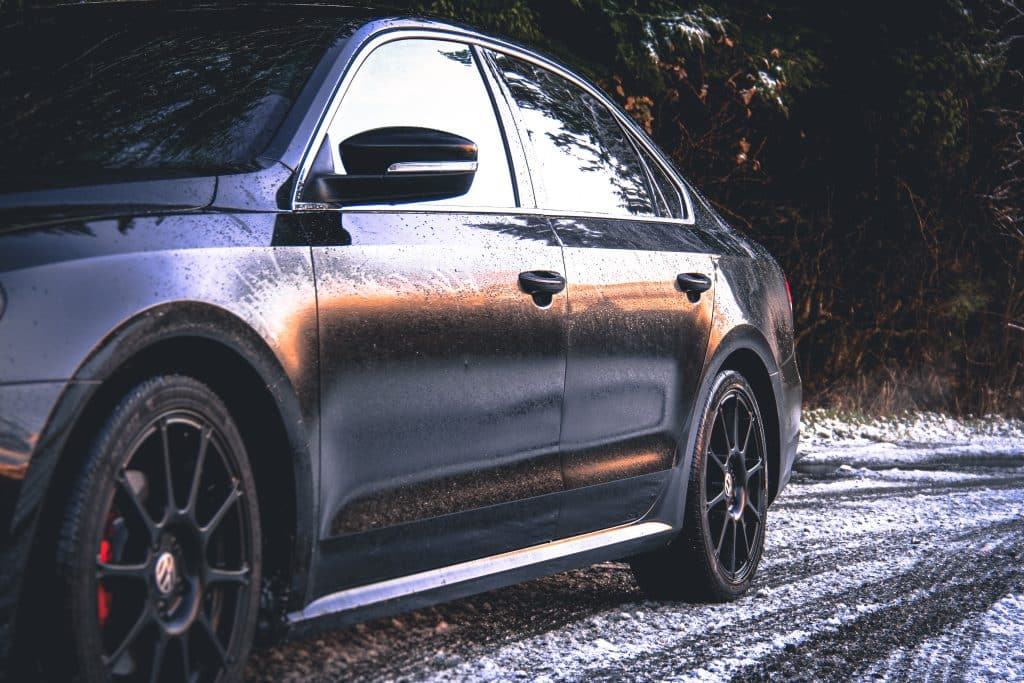
Therefore, a winter tire will always outperform an all-season tire in the winter, especially if the temperatures are well below freezing. You can use a winter tire in the summer, but the rubber will be too soft and the performance won’t be as good. It will stick to the road well enough, but the handling characteristics will be poor. Besides that, extended driving in these conditions will reduce the lifespan drastically.
All-season tires won’t have a problem with hot tarmac. As models intended for use throughout the year, they’ll be comfortable in the summer and you won’t notice a drop in performance. They won’t be on the same level as summer tires, which is fine for most drivers.
Putting all of this together brings me to the markings on the sidewalls. Most all-season tires have M+S or Mud and Snow rating, which is why people are confused. The testing for this rating isn’t too expensive, so any tire with some slightly aggressive pattern and an all-season compound will get it.
Winter tires get the 3PMSF or 3 peak mountain snowflake rating. This is a more extensive one and the tires need to show strong results in these testings to get the rating. To be fair, there are some all-weather models with this rating. I still wouldn’t prefer those over a proper set of winter tires, but check them out if you’re after a bit more flexibility from a single set.
When Should you Get All-Season Tires?
A set of tires that can be used throughout the year is ideal. It saves you from a trip to the tire shop and it’s generally cheaper than going for a set of summer and winter tires. As good as it sounds, there are some limitations, especially in the winter.
If you live in an area where the winters a mild and the only snow you see is on a wallpaper, then all-season tires are a good option. Most people drive their cars to work or to pick up groceries, so they’ll be happy to sacrifice a bit of performance for practicality.
In non-winter conditions, all-season tires are more than up for the task. Dry and wet performance is excellent and I’ve tested some models which even surprised with how good they are. Again, don’t expect the same levels of performance as with summer tires, but it’s close enough.
Winter is where you’ll need to be prepared. Like I said, if the winters a mild and you see a bit of snow, then the all-season tires should be acceptable. A key thing to note here is the word “acceptable”. You shouldn’t have the highest expectation about their performance on snow and ice. They’re usable, not excellent. You can mitigate this with a set of snow chains, but it’s not the most practical solution.
You should also consider the temperatures. If they drop too low, the tires will struggle to remain pliable enough to deliver a safe performance. This cannot be mitigated with anything except for a proper set of winter tires.
When Should you Get Winter Tires?
There’s only one reason you’d want to get winter tires – winter. Even though all-season tires are usable in the winter, they won’t impress anyone, regardless of how low their expectations are. Winter tires are born in freezing snowy conditions, so they’ll feel right at home.

Anything from freezing cold temperatures to deeper snow or even ice are only a handful of conditions where winter tires are a must. They’ll deliver far better performance and you can rely on them, especially in harsher conditions.
As I mentioned, ice is tricky, which is where winter tires come into play. Depending on the model, there are those that either come with the metal studs pre-installed from the factory, or you have the option to fit them afterward. These are “traction boosters” and I find them especially helpful on ice. Don’t get me wrong, the snow chains work as well, but the studs are a bit better.
Conclusion
To be honest, I’m not a fan of all-season or all-weather tires. Combining multiple types into a single model means you’re losing out on key areas, which is clear from this comparison. All-season tires aren’t as good as winter ones on snow and ice. With that said, I can understand why some people would be tempted to get them.
A single set of tires that can be used throughout the year is cheaper than two sets and two trips to the tire shop per year. The positive side to this is that you’re not missing out on any performance in summer or winter. Owning a set of winter tires will require you to have a set of summer unless you live in an area where the temperatures are low enough to run winter tires only. To be fair, people in those areas don’t even look at all-season tires, so things are sorting out themselves.
As much as I’m not a fan of all-season tires, there are situations where I can understand and justify getting a set. To make things simpler for you, if there’s even the smallest doubt that you may need the extra performance in the cold months, go for winter tires, otherwise, the all-season ones will get the job done for you.
